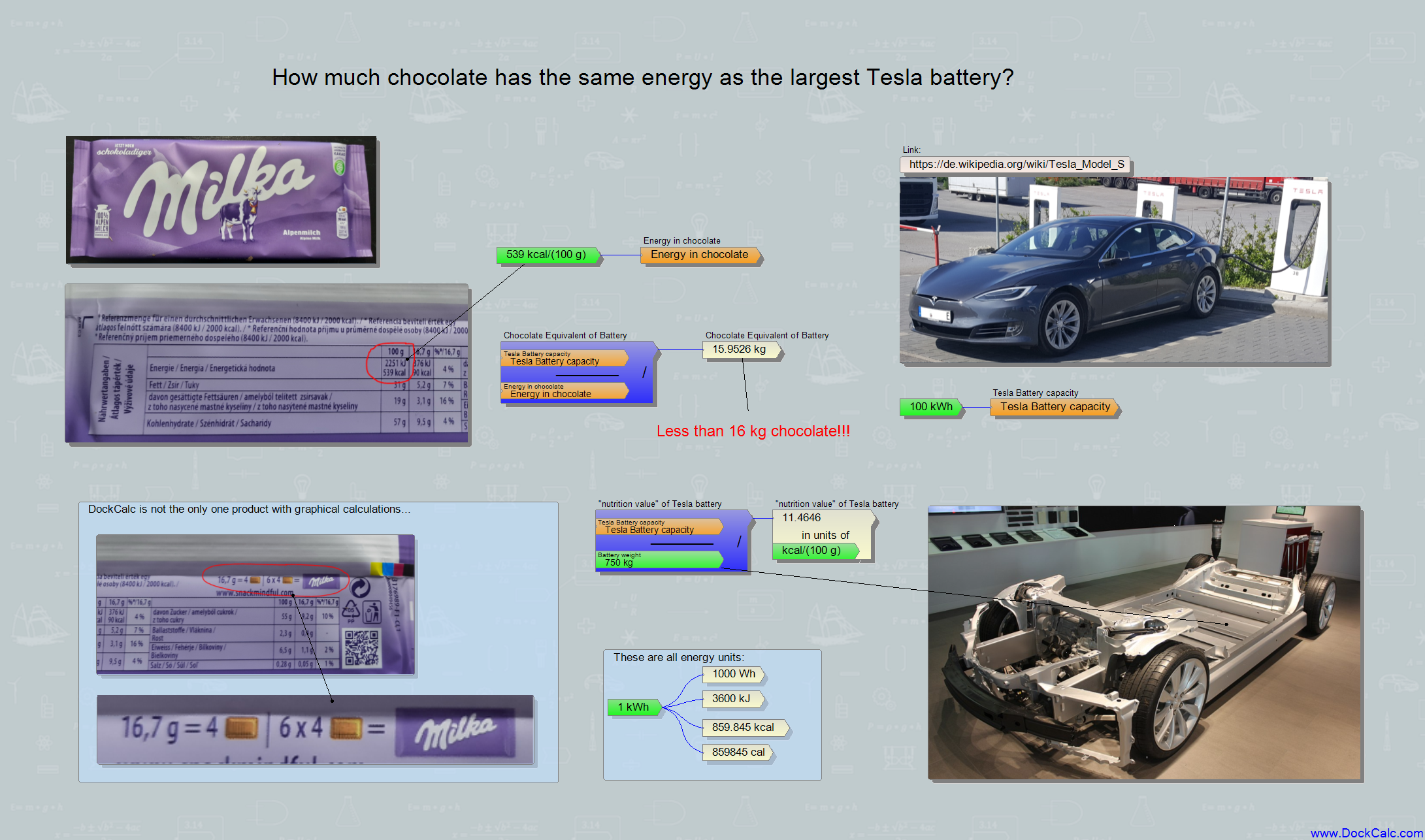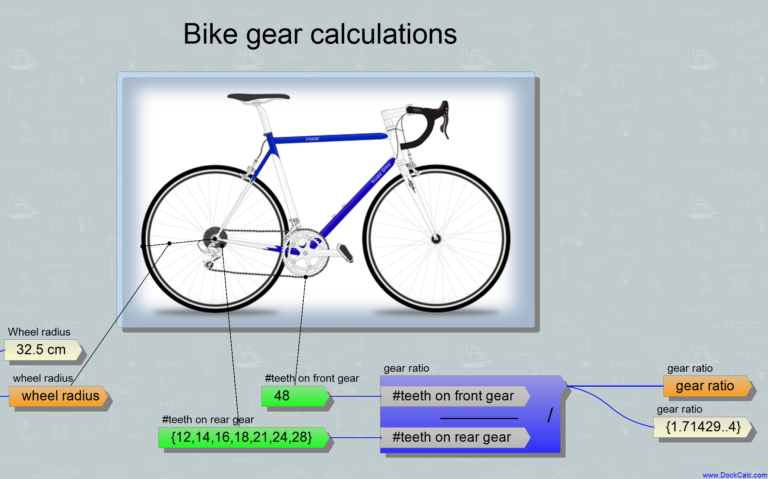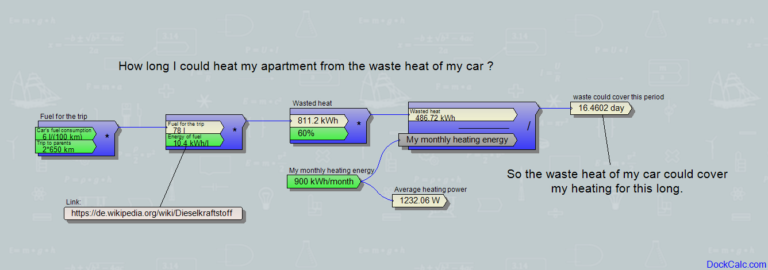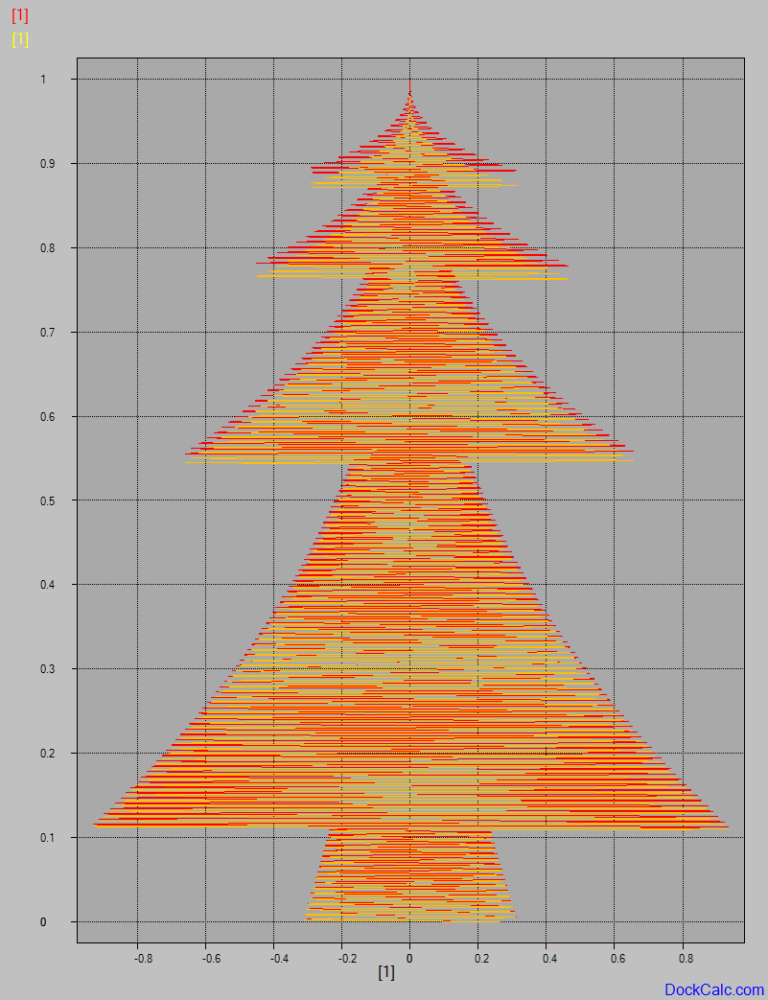How much is the “nutritional value” of a Tesla battery?
On a day at the end of winter like today, one tends to pick up a bar of chocolate and chew it slowly in front of the TV. Then, when only the packaging is in the hand, one takes a closer look and realizes how many calories it contained: 560 kilocalories per 100 grams! As the saying goes: “Everything good in life is either illegal, immoral, or fattening.”
It is no different with chocolate.
A little explanation: When we talk about calories, one thing must be stated: what is usually written on the food packaging is the kilocalorie. A calorie is originally the amount of heat or energy that is necessary to heat one gram of water by 1 degree Celsius. Instead of calorie (cal), we use kilocalorie (kcal), which is 1000 calories. But somehow, when we small talk, we just mention calories but actually mean kilocalories.
Are these calories in the chocolate a lot? What can we compare it to?
Here is an example: more and more people drive electric cars, they always talk about kilowatt-hours, namely how much energy their car battery can store. For example, the biggest Tesla battery that weighs 750 kg alone can store 100 kilowatt-hours of energy. That of a smaller electric car is around 40-60 kWh. But it’s all kWh and not calories.
Only few people realize that kilocalories in the kitchen and kilowatt-hours in the garage or on the electricity bill are all units of energy, so they can be converted into each other.
The most convenient way to do this is to use my DockCalc software, which is designed to calculate anything with all kinds of measurement units:
If you tend to calculate things manually, then consider the following: 1 kWh corresponds to 3600 kJ, i.e. 860 kcal. This is roughly the energy content of one and a half bars of chocolate or one and a half Big Macs.
So, how many calories can be stored in the battery of an electric car?
Get this!
Roughly 160 bars of chocolate, which weigh only 16 kg, represent the same amount of energy as the 750 kg Battery embodying state of the art EV technology. I kind of expected more. If I reverse the calculation, I see that the battery’s “nutrition value per 100g product” is no more than 11.5 kcal/100g.
Even a cucumber salad beats this pitiful value, and spinach contains no less than twice as much energy. From now on, I will treat all low-calorie foods with more respect.
I have to state that no chocolate was harmed during the writing of this article – but soon…!







